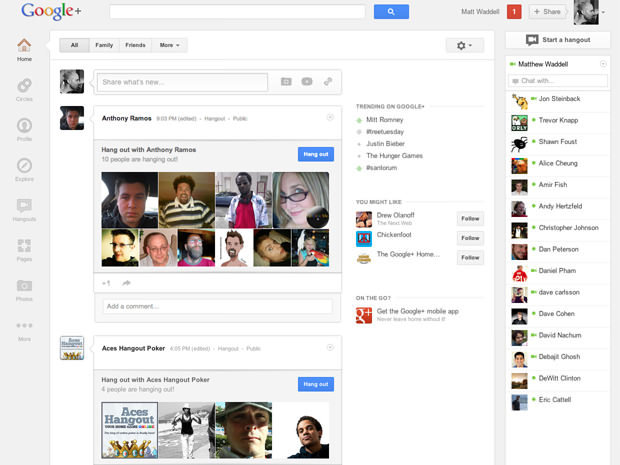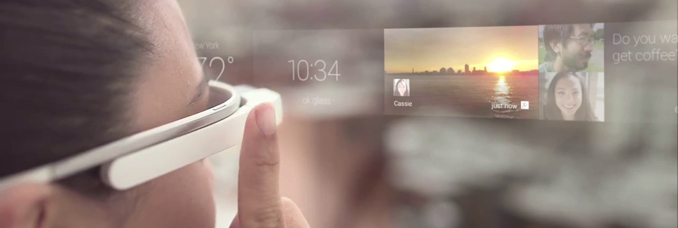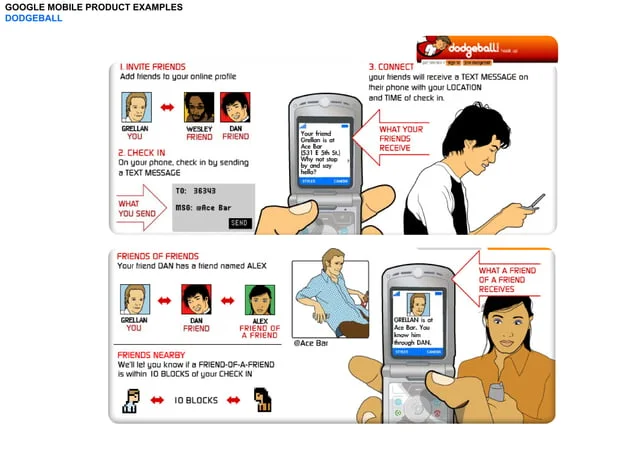The Google Graveyard
- Grace Tetley
- Feb 1, 2023
- 5 min read
Updated: Mar 17, 2023
In the vast digital landscape, technology is constantly evolving and changing. Some programs and software are born, flourish and make their mark on the world, while others are simply forgotten and left to rot in the Google Graveyard. This cemetery of sorts is filled with the ghostly remnants of once-promising tech innovations from Google that just didn't make the cut. From Google Hangouts to Dodgeball, this article will delve into the fascinating stories of the programs that have been laid to rest in the Google Graveyard and reflect on what their death means for the future of technology.
1. Google Stadia
Starting with the most recent and short lived, Google Stadia. It was a cloud gaming service offered by Google between 2019 and 2023. The idea behind this service was to allow users to gain access to their video games, anytime and anywhere., with the ability to play your favourite games on any device –smartphones, laptops, tablets- you name it, instead of sticking to a game console or device. Bad news for gamers like my brother, who had enjoyed playing regularly through google stadia, the service was suspended a few weeks ago. Intention behind the murder? Google Stadia just didn’t have the best selection of games. in July 2022, Statista reported that only 3% of US adults had ever used it! Furthermore, merely 29% had heard of it, in comparison to 63% of adults for things such as PlayStation Plus and Xbox GamePass.

2. Google Hangouts
Google Hangouts was a popular online chat interface you could access via your inbox or through its individual app or website, to chat or call loved ones and more, right up until 2022. It is similar to the currently available “Google Chat”. Over the years, Google has developed several applications for texting and other closer forms of communication, however, a majority of them never took off. Competitive platforms such as Discord, WhatsApp and Instagram messenger made Google Hangouts an unpopular service, with unique features such as reactions, message deletion and the ability to reply to individual messages completely missing. In its latter days, Hangouts was functional at best, and other platforms just were so much better.

3. Google Allo
Running from 2016 until 2019, Google Allo was a messaging service with a virtual assistant built in. Yes, that’s right, imagine texting your friend on WhatsApp, and simultaneously sending a few messages to your “Personal Assistant” who alerts you about the weather, and your meetings of the day, and gives a gentle reminder to buy more lettuce for your mum when you stop at the shop. It also offered more practical features such as voice message transcription, which is a feature most messaging apps lack today. While its practical features offered it an initial success, a lack of file sharing, video & voice calling, as no end-to-end encryption led to Allo becoming a sad flop. I’d be interested in seeing some of these features in modern applications though, that could be very fascinating.

4. Google Plus
Speaking of social media, did you know that google once had its own equivalent? Yes, that’s right, Google’s social media, similar to other social platforms such as Instagram, Facebook and Twitter. It had an interesting function known as “Circles” that allowed people to put their friends into different sections. Users could choose to share specific content with each circle, for example you might have wanted to share something different with your extended family than with your school friends. You could also publish something for all circles to see. Kind of like how the Instagram “Close Friends” feature works now, just more developed. In addition to this, you could also +1 other people’s posts, which is the equivalent of an upvote, or a heart. It launched in June 2011, and by 2013 it had over 300 million monthly users. In comparison, Instagram has over 2 billion active monthly users, and Facebook has 2.91 billion. Towards the end of its life, 90% of user sessions on the app lasted less than 5 seconds.

5. Glass OS
Glass OS was an operating system developed for something that was way ahead of its time. 2013 Google Glass. Using an AR view of the world, through a pair of “smart glasses” users could get directions, search the internet and be on video calls. The idea was that you could communicate with the internet through tapping and swiping on the glasses, as well as through voice commands. There were numerous concerns about the glasses, however, the initial reason for their slow take up, was their awful design. It looked like you were wearing a frame with a large box positioned above your right eye. Privacy was also a huge issue with these, as a built-in camera meant someone could be filming you, and you would never know it. Both these ethical concerns, as well as the unideal design led to it being killed off in around 2017.

6. Google Helpouts
Lasting from 2013 to 2015, Google Helpouts was a means for the world to share knowledge through a video call. It allowed providers to charge small prices for people from the internet to learn how to do different things in an online meeting. Live video chats with experts from all different areas of knowledge, from computers to beauty. A fascinating concept. However, with failing remuneration options. It didn’t make enough money for its content and service providers, who really were the core of the platform. There were also hundreds of free competitors, and videos offering alternatives across the internet.

7. Google Dodgeball
Google Dodgeball was a social network software that allowed users to text their location (on Nokia-style phones of course) to the service, which then notified them of people and friends nearby, as well as interesting venues. It was replaced with something called ‘Latitude,’ that shared people’s live location with a chosen group of chosen friends, sort of like the Snapchat map. Dodgeball really didn’t have large user retention, as no one could be bothered to keep texting their locations to google all the time, which is largely understandable, although the concept was definitely not a bad one. It ran from 2003 until 2009.

8. Google Notebook
And finally, last but not least, google Notebook. Yes, that is right, an actual notebook, on your computer. It even acted like a notebook, with sections, and pages. It ran from 2008-2011. It allowed users to save and organize different clips of information, write notes, clip text, add images, and even collaborate with other users. During a “spring clean-up” of Google’s services, they decided to combine an older version of google Docs with it, and although users were disappointed, it was replaced by Google Keep around five years later.

Google has killed off so many services across the years, and if you are interested in finding out more, there are over 280+ services that are either about to be killed or were buried in the past, some of them which are incredibly fascinating. Check out www.killedbygoogle.com to find out more.
References
Richter, F. (2022, September 30). Google’s Stadia Fails to Break Through. Statista Infographics. https://www.statista.com/chart/28380/usage-and-awareness-of-video-game-subscription-services/
Shutting down Google+ for consumer (personal) accounts on April 2, 2019 - Currents Help. (n.d.). https://support.google.com/googlecurrents/answer/9195133?hl=
D, D. (2017, November 26). Why did Google Help outs for Health Fail and what’s next for Real-Time Connection to Medical Experts? Medology360. Retrieved February 1, 2023, from https://www.medology360.com/why-did-google-help-outs-for-health-fail-and-whats-next-for-real-time-connection-to-medical-experts/
Failory. (2021, December 28). What Was Dodgeball and Why Was it Discontinued? https://www.failory.com/google/dodgeball






Commentaires